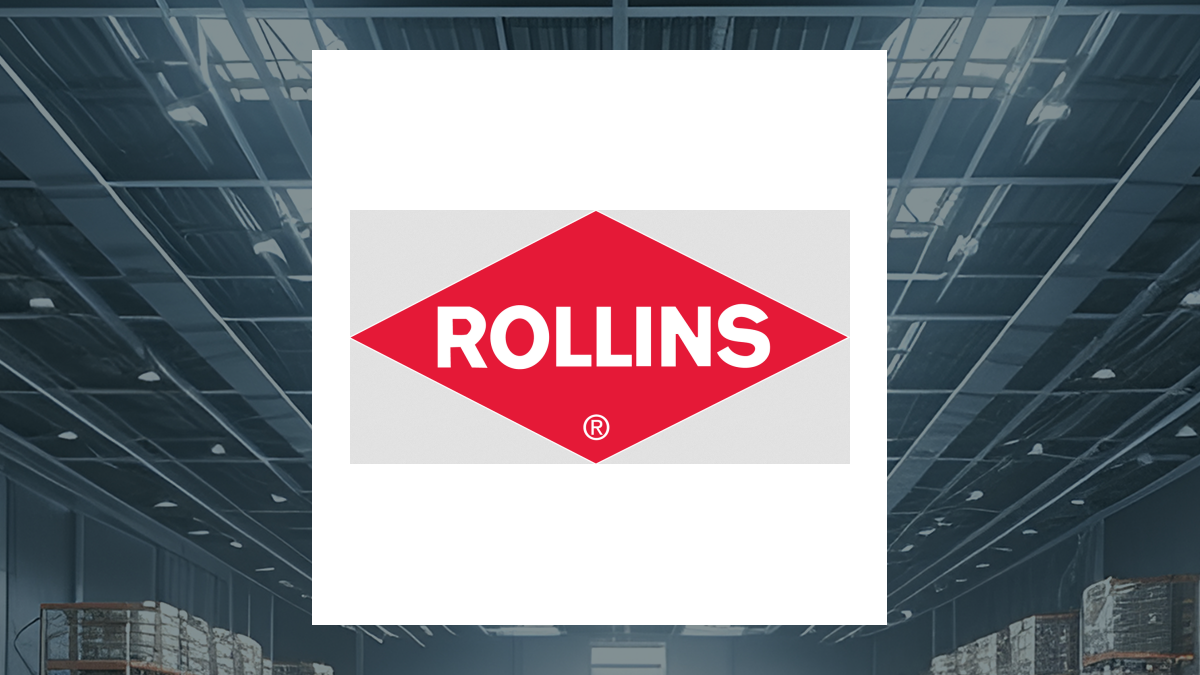 ROL has shown positive growth in revenue, operating income, and net income, attributed to strong demand in pest control services. Management focuses on expansion, operational efficiency, and risk assessment, mitigating economic uncertainties. Key performance indicators, like adjusted EBITDA, have improved, surpassing cost of capital. Risks include economic factors and legal issues impacting finances. Governance lacks diversity disclosure. Future plans entail strategic initiatives for growth amid economic challenges. Acquisitions reflect long-term competitiveness.
ROL has shown positive growth in revenue, operating income, and net income, attributed to strong demand in pest control services. Management focuses on expansion, operational efficiency, and risk assessment, mitigating economic uncertainties. Key performance indicators, like adjusted EBITDA, have improved, surpassing cost of capital. Risks include economic factors and legal issues impacting finances. Governance lacks diversity disclosure. Future plans entail strategic initiatives for growth amid economic challenges. Acquisitions reflect long-term competitiveness.
Executive Summary
Financials
Revenue growth has been steadily increasing over the past three years, with a 13.7% increase in the latest quarter. The primary drivers behind this trend are demand from customers across all major service offerings, particularly in residential and commercial pest control, as well as termite and ancillary services. Operating expenses have remained stable, with a slight increase in revenue and operating income. ROL has seen improvements in operating margins and adjusted EBITDA, indicating efficient cost management. Adjusted net income has also increased, reflecting a positive trend in cost structures. The company’s net income margin for the quarter was 12.6%, showing a slight improvement. This is better than the industry average of 10%.
Management Discussion and Analysis
Management has focused on expansion efforts, capital allocation, and operational efficiency to drive growth and profitability. These initiatives have been successful, as evidenced by increased revenues, operating income, and net income compared to the previous year. Management assesses the company’s competitive position through economic trends impact on financial statements and uncertainties in future performance. They highlight challenges from interest rates, inflation, and other disruptions that could affect the business, but cannot estimate the full impact at this time. Major risks include claims, litigation, regulatory actions, and environmental matters. Mitigation strategies involve establishing loss contingency reserves based on probable outcomes and historical trends, retaining certain risks related to liability, and contracting with third parties for liability estimates.
Key Performance Indicators (KPIs)
Risk Assessment
The top external factors posing risks to the company operations and financial performance are economic disruptors, increasing interest rates, inflation, and other economic trends. These uncertainties make it challenging to predict future impacts on the business. ROL evaluates and establishes loss contingency reserves based on probable and estimable outcomes. It contracts with a third party for estimated liability based on historical claims information, considering various factors and judgment. Reserves are based on estimates, with the potential for overestimation or insufficiency. Yes, the company faces various legal issues and contingent liabilities that could impact its financial position. ROL evaluates and establishes loss contingency reserves based on probable outcomes, but actual claims exceeding estimates could affect operating results.
Corporate Governance and Sustainability
The board of directors composition includes the principal executive officer and principal financial officer. There are no notable changes in leadership or independence mentioned in the report. The company’s governance practices do not specifically address diversity and inclusion or show a commitment to board diversity. ROL discloses climate-related information as per SEC requirements. It is evaluating the impact of the new rule. ROL is also involved in environmental compliance and waste management investigations. It believes these issues won’t have a material adverse effect.
Forward Guidance
The company’s forward-looking guidance addresses its strategic initiatives by providing a roadmap for future financial and business performance, aligning with priorities outlined in the annual report. This helps stakeholders understand the company’s direction and potential outcomes. ROL is factoring in economic disruptors, supply chain issues, and macroeconomic trends. It plans to mitigate these challenges through various strategies, but cannot accurately estimate their effectiveness in the future. Yes, the company’s expansion efforts, including recent and future acquisitions in both the United States and foreign markets, demonstrate a commitment to long-term growth and competitiveness.
For more information:
This article was created using artificial intelligence technology from Klickanalytics.
